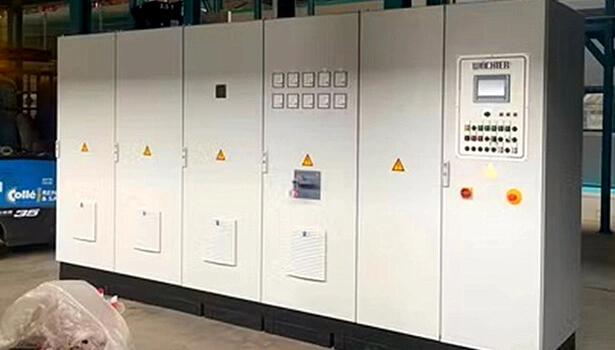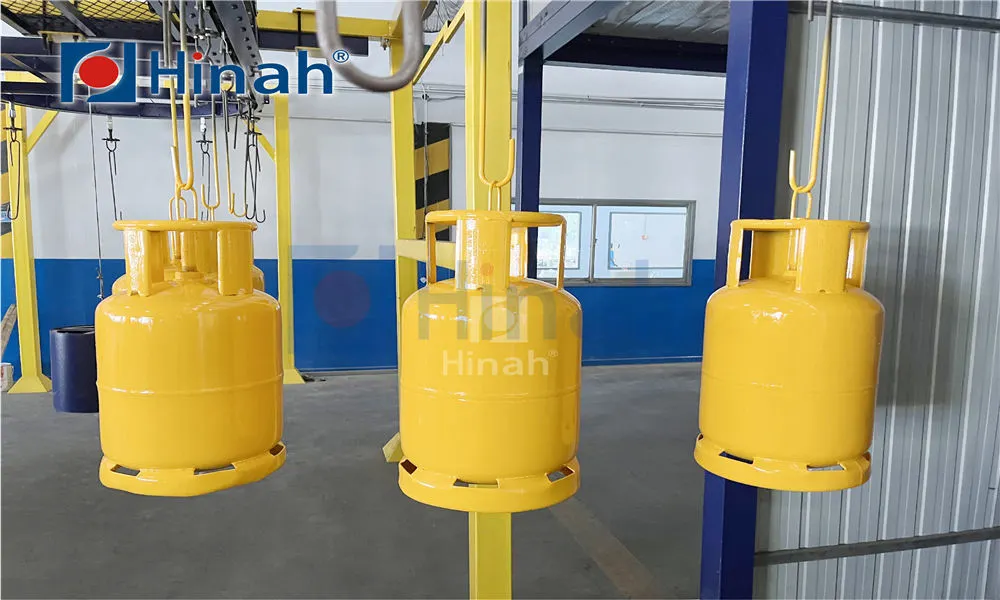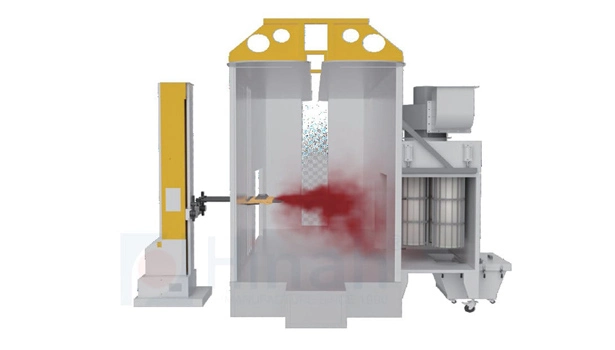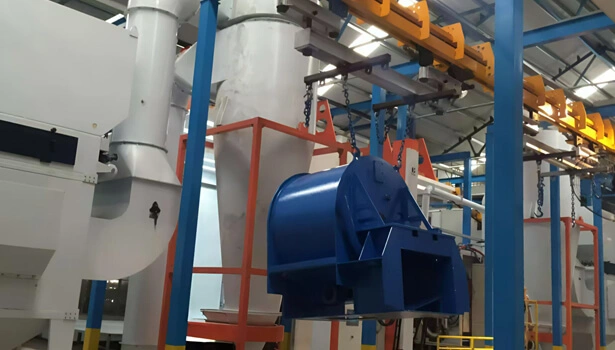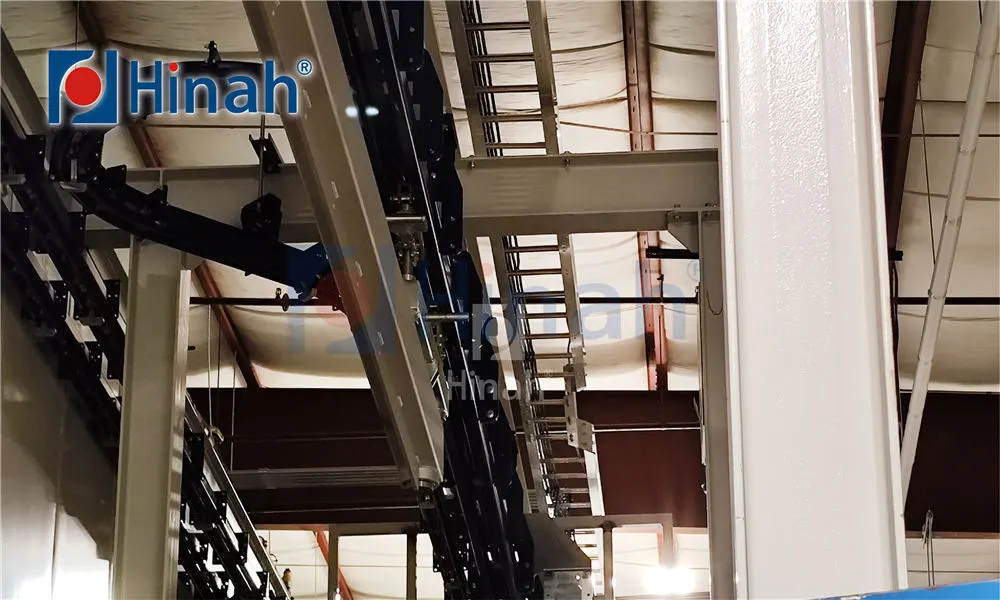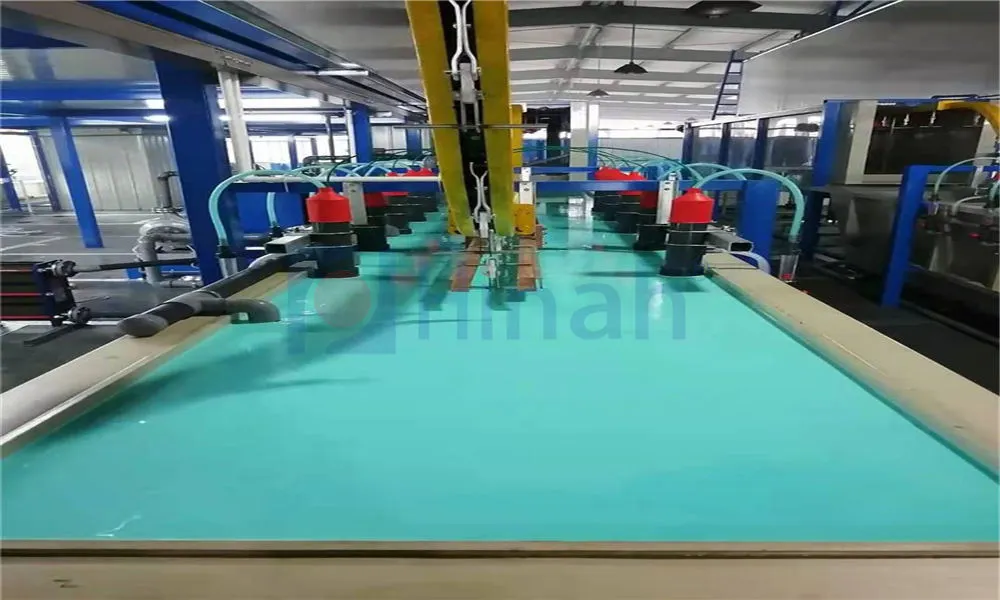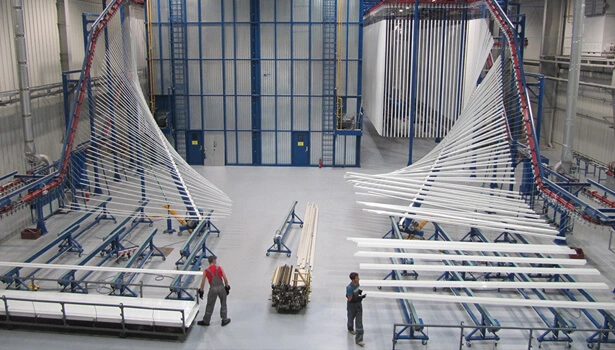Core Components & Function of Power Supply System
Generation: This is the starting point, where primary energy sources (fossil fuels like coal and gas, nuclear fission, hydropower, wind, solar, geothermal, biomass) are converted into electrical energy. Power plants (thermal, hydroelectric, nuclear, wind farms, solar parks) house generators that produce electricity, typically as Alternating Current (AC) at medium voltages.
Transmission: High-voltage transmission lines (overhead or underground) act as the electricity superhighways. Generated electricity is stepped up to extremely high voltages (e.g., 115 kV to 765 kV or more) using transformers at substations. High voltage is essential for minimizing energy loss (I²R losses) over long distances. This network connects large power plants to major load centers (cities, industrial zones) across regions or countries.
Substations: These are crucial nodes within the grid. Transmission substations receive high-voltage power and use transformers to step down the voltage for distribution. They also contain circuit breakers, switches, and protective relays to control power flow, isolate faults, and ensure system stability and safety.
Distribution: This final stage delivers electricity to end-users. Distribution substations further step down voltage (e.g., to 11kV or 33kV). A network of medium-voltage distribution lines (often on poles or underground) feeds smaller transformers located near consumers (on poles, pads, or underground vaults). These transformers finally step down the voltage to the levels used in homes and businesses (e.g., 120V/240V in North America, 230V in Europe).
Consumption: End-users (residential, commercial, industrial) connect to the distribution network, utilizing the electricity to power devices, machinery, lighting, heating, and cooling.
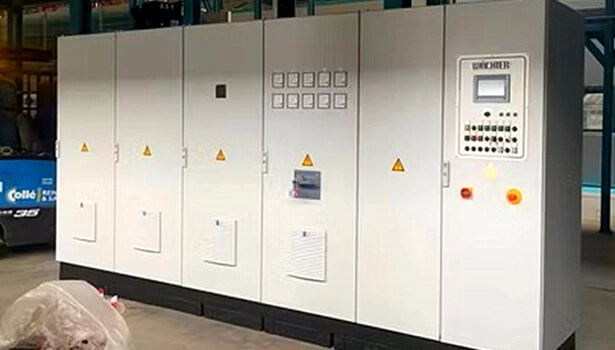
Key Characteristics & Challenges of Power Supply System
AC vs. DC: While AC dominates generation, transmission, and distribution due to the ease of voltage transformation and historical advantages, High-Voltage Direct Current (HVDC) technology is increasingly used for very long-distance transmission or interconnecting asynchronous grids because it offers lower losses over extreme distances.
Reliability & Stability: Maintaining a constant balance between generation and consumption (frequency stability) and voltage levels within tight tolerances is paramount. Sudden changes in load or generation can cause instability or blackouts. Redundancy, sophisticated control systems (SCADA, EMS), and rapid fault-clearing mechanisms are essential.
Efficiency: Minimizing energy losses during transmission and distribution is a constant focus, driving the use of high voltages and efficient equipment.
Safety: Rigorous standards govern design, construction, operation, and maintenance to protect personnel, the public, and equipment from electrical hazards.


